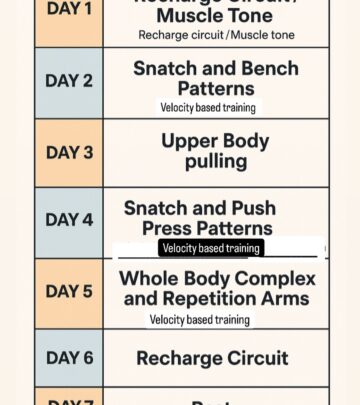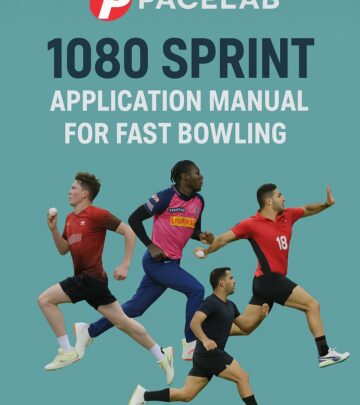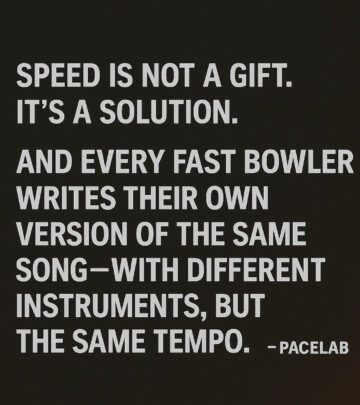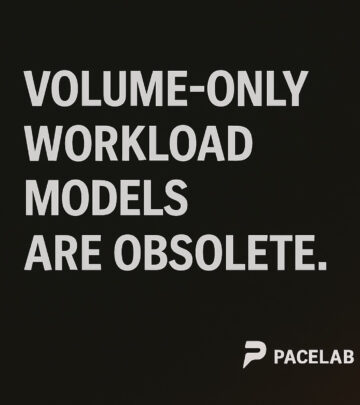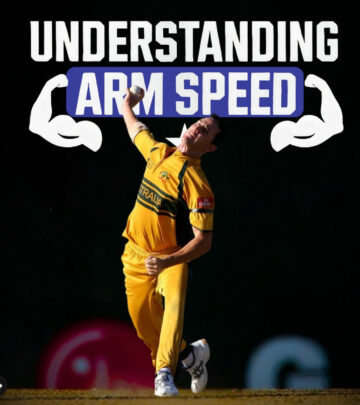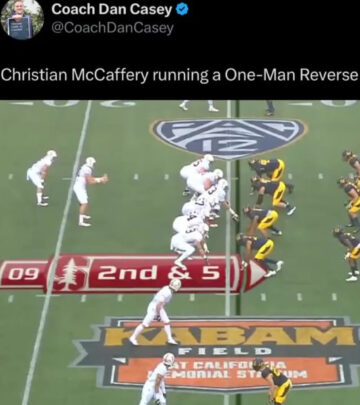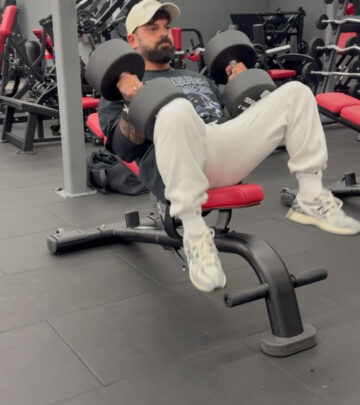Fast Bowling Reinvented Through Data-Driven Coaching
Advanced metrics and personalized teams are revolutionizing cricket's fast bowling art!!!!
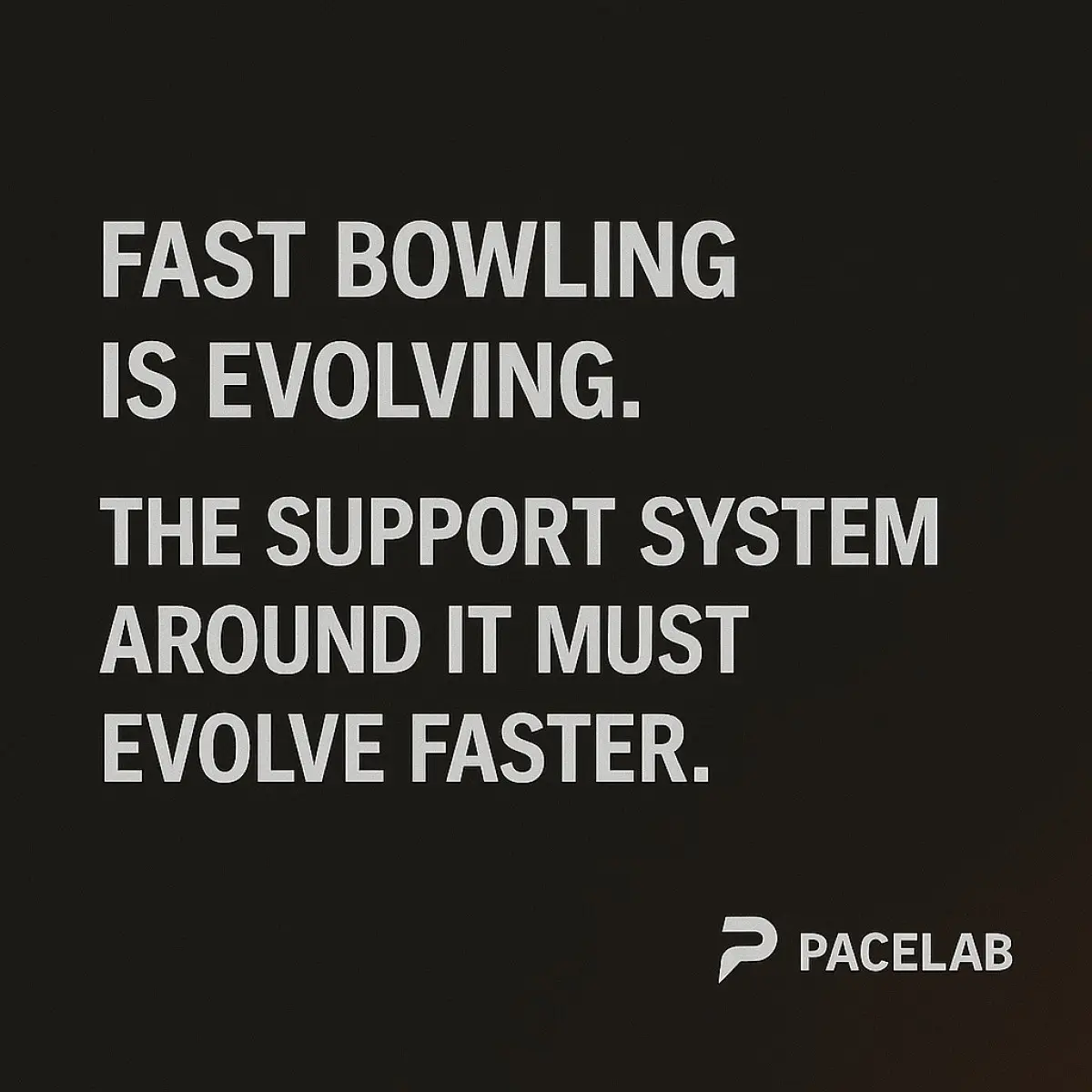
Image: Instagram
Steffan Jones, a prominent figure in modern fast bowling coaching, is urging the cricket world to rethink its approach. With the rise of franchise leagues where fast bowlers now represent up to 10 teams a year, traditional coaching models designed for long-term team management no longer suffice. In a bold declaration captured on social media, Jones stated, “Engineering not story telling ‼️” summarizing his call for a new era where data reigns supreme.
Data-driven Coaching Sparks Evolution
The modern era of cricket, dominated by franchise competitions and global travel, demands that fast bowlers be supported by personalized performance teams. These teams use remote and traveling staff who know the intricacies of biomechanics, recovery needs, and performance metrics. With an ever-increasing workload, it is no exaggeration to say that the old methods built on gut feel, repetitive drills, and subjective analysis are quickly becoming obsolete. Instead, objective measures such as load monitoring, attractor-based training, PARMS, AREG, and PL Proxy are taking center stage.
Traditional coaching models often rely on managing teams rather than addressing the unique physiological and technical needs of individual bowlers. As Jones points out, no franchise coach can track long-term data, manage cumulative fatigue, or understand the unique mechanics of every bowler. This reality has forced many in cricket to adopt an engineering approach to coaching, where precision, science, and personalized strategies override traditional storytelling methods.
Fast Bowling: From Art To Science
Fast bowling, once celebrated as an art form, is now being redefined as a science. The increasing gap between batting prowess and bowling performance in leagues such as the IPL underscores a crucial disconnect. The risk is clear: if bowlers do not adapt by embracing a data-driven coaching model, their art might devolve into a mere side show for batters. Jones warns that without objective metrics, coaches are left guessing—an approach that can ultimately jeopardize careers in a high-stakes game.
The new framework calls for every bowler to have a personal performance team dedicated to monitoring bowling frequency, fatigue, skill retention, and peaking for key tournaments. This revolution is not just a shift in training technique but a complete overhaul of the bowling development paradigm. With each bowler’s mechanics being dissected in real time, the future of cricket coaching hinges on science-backed decision making rather than traditional methods.
Innovative Methods And Biomechanical Insights
The change is already visible within initiatives such as the PaceLab Hybrid Program. In a recent Instagram post, Jones announced the launch of India’s flagship program for aspiring fast bowlers in Chennai, highlighting how world-class coaching and direct oversight are now accessible globally. This program, a collaboration with the elite PaceLab team from the UK, offers a deep dive into individualized training cycles that incorporate cutting-edge technology and data analytics.
These programs feature modules that include load-velocity profiling templates, sprint-based power protocols, and real-time fatigue management strategies. By integrating these tools into training cycles, coaches provide a more customized approach to fast bowling development. Jones’ insistence on replacing vague coaching cues with concrete numerical insights is a testament to how far cricket has come in embracing technology.
In recent posts, Jones has emphasized that the bowling action is governed by pre-programmed neural pathways that cannot be corrected on the fly. Instead of simply copying another bowler’s technique, the focus has shifted to altering the underlying biomechanics, such as improving glute medius strength or refining trunk stability. This approach highlights that speed is earned through proper sequencing, stiffness, and system integrity rather than sheer physical power.
The current coaching revolution is characterized by a refusal to settle for conventional, repetition-based methods. By implementing systems that track long-term performance data, coaches are able to design tailored programs for each player. This is crucial in a sport where the difference between success and failure can hinge on the smallest technical detail or measurement error. The scientific approach to fast bowling is not about erasing the art of the game; it is about enhancing it through precision and personalized training.
Jones’ message is clear: the evolution of fast bowling coaching is not optional—it is essential for survival in modern cricket. As franchise cricket continues to expand and the demands on players intensify, only those who adapt by embracing engineering and data-driven methods will remain competitive. The call to join the evolution is both a challenge and an invitation for coaches and players alike to push past outdated models and invest in a future that values precision and hard data.
With this clear shift, it is evident that cricket’s fast bowling is on the cusp of a transformative era. Those clinging to traditional methods risk being left behind as innovative training systems lead the way in protecting athletes from injury, managing fatigue, and ultimately unlocking unprecedented performance levels.
The revolution in fast bowling coaching, underpinned by state-of-the-art technology and expert insights from leaders like Steffan Jones, is setting a new standard for athletic excellence. Cricket is no longer just a game of passion and instinct; it is increasingly a science where every delivery is measured, analyzed, and fine-tuned for peak performance.
Read full bio of Joyce



